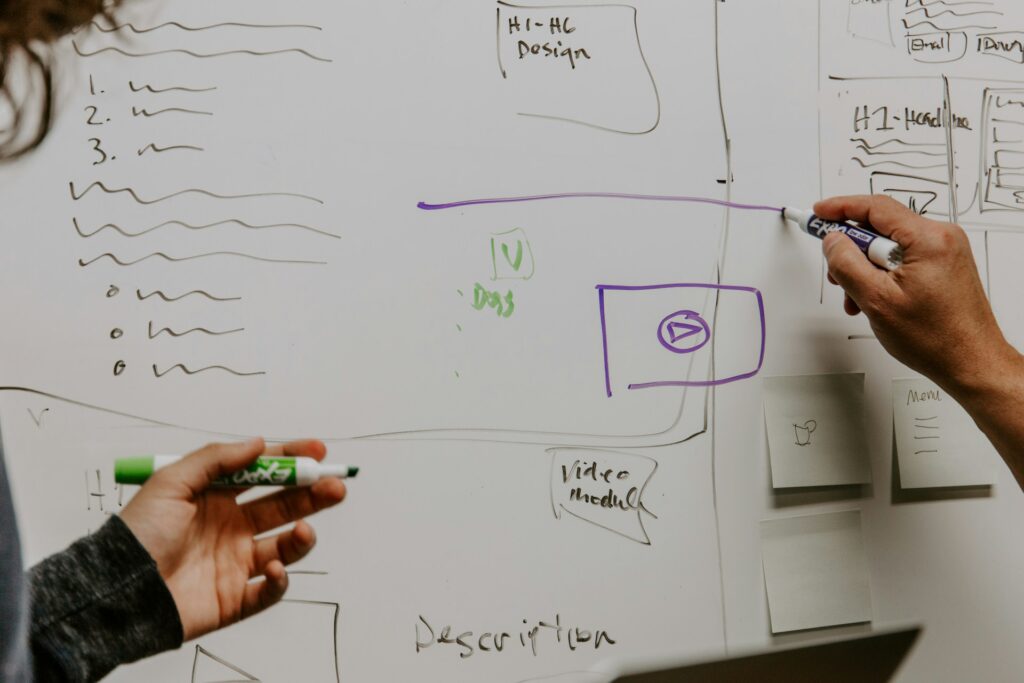It’s a common occurrence for people coming straight out of tech education in development or engineering to dive straight into creating a product. What many of them soon realize is that knowing the tech is usually only half the battle, with design and marketing concepts often playing an equal role. If you’re looking to build something great, here are some design essentials that you’ll need to know.
Simple is Solid
Thinking from the perspective of an engineer or developer, the first instinct is always to throw as many fancy features into a project as possible. From a designer’s standpoint, this can often be the worst idea, as you’re more likely to end up with a big pile of independent parts that you can’t then stitch together properly.

The most effective designs are often the simplest, and there are few better examples than the Aviator betting game, a staple of many casino sites which has refined its concept down to the barest possible version. The entire app consists of a single button which stops the tiny plane graphic when the user wants to cash out. It’s one button, graphics reminiscent of the 80s, and one of the most successful concepts out there.
Consistency is King
This is more applicable for when there are several products under a single banner, but can also apply to just setting up a website. Your design choices are a key part of your brand, and the absolute ideal situation for any company is for customers to be able to recognize your products just by the way they look.
The classic example of this has to be the storied Apple product line which, until recently, was universal in the design of all its devices. It was hard to miss the minimal approach, the clean white designs and all those smooth edges. The white colouration alone was distinctive in a world where competitors had shifted to black or grey tones, and even though they’ve now gone more colourful, you can always spot an Apple.
Consider the User
The last common thing many on the tech side forget is almost a stereotype at this point: making something that the majority can actually use. It’s all well and good when the creator can operate a machine or app, but it’s useless if others can’t use it the same way.

This is why investing in consultation on both UX and UI for things like apps can be critical. These are both highly specialized disciplines that make sure your clients get exactly what they want from your product, or more importantly, use it the way you want them to. This is where the simple philosophy comes into play, as the average user wants the shortest route from point A to point B with the minimum of effort. Structure everything correctly and you can have all the processes running as smooth as butter.
Design is a very different discipline to the strict yes and no of development, and that can make it tricky to pick up. Invest some time in learning the basics, however, and it’ll pay you back big time.





